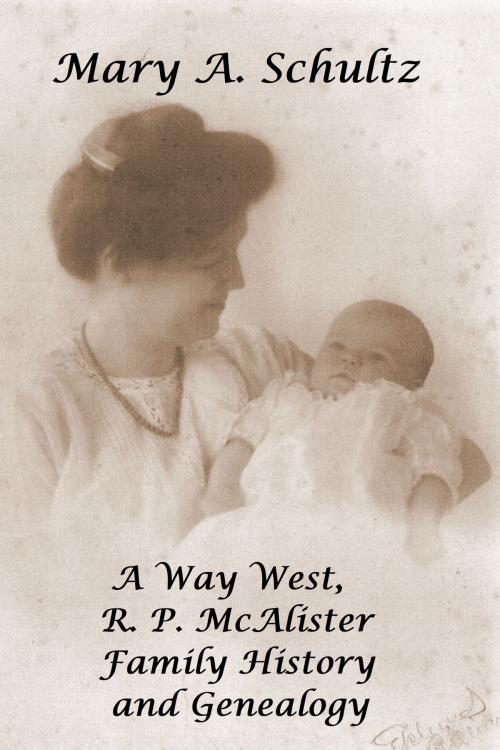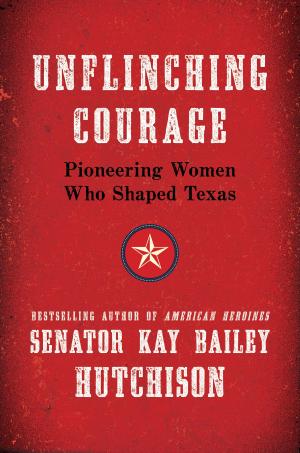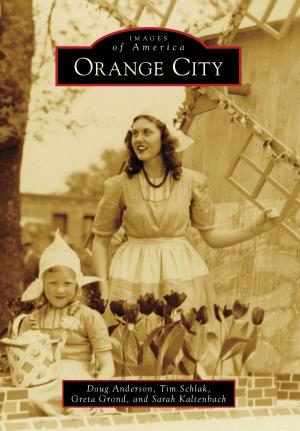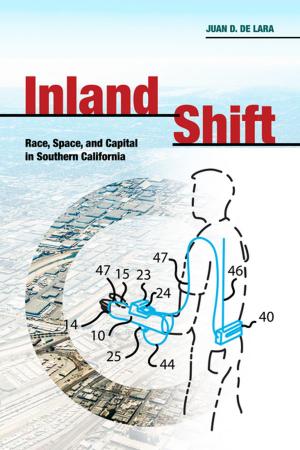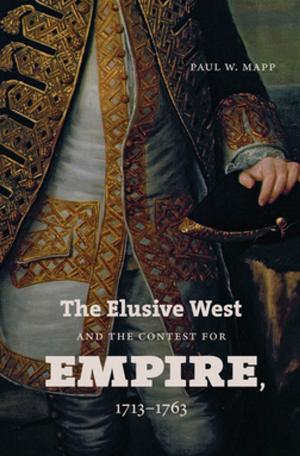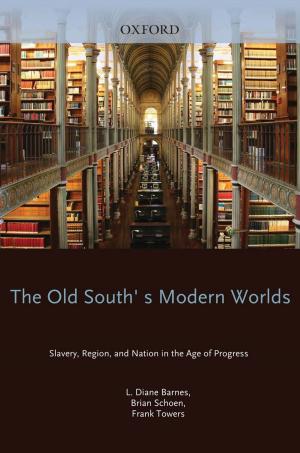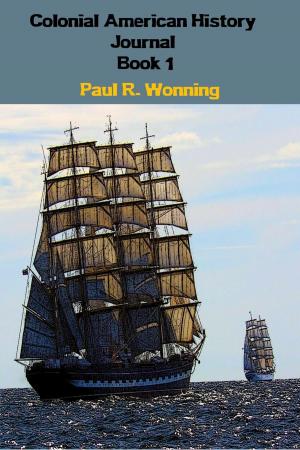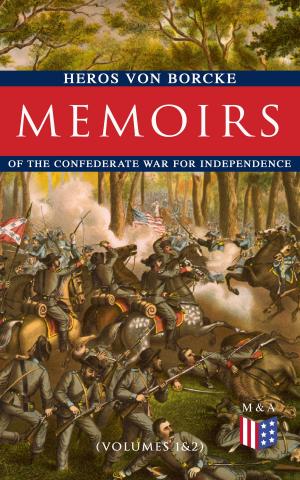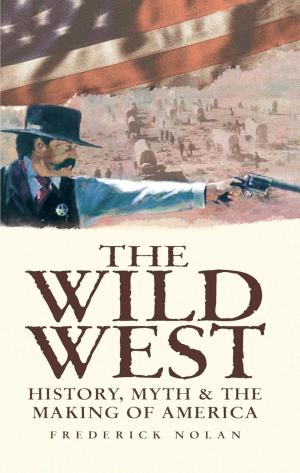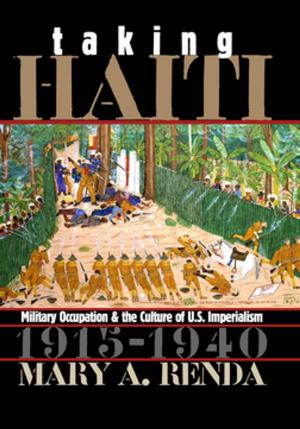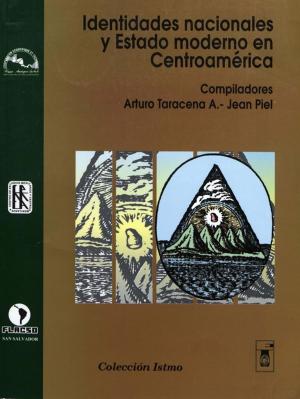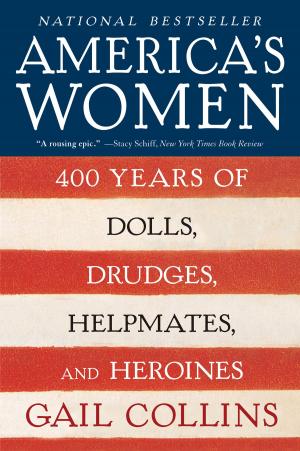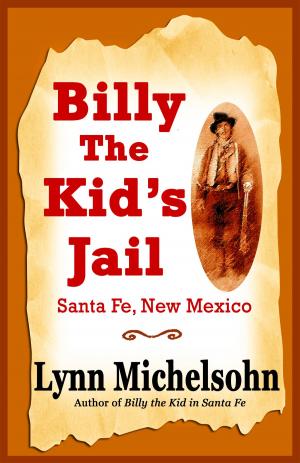A Way West, R. P. McAlister Family History and Genealogy
Nonfiction, Reference & Language, Reference, Genealogy, History, Americas| Author: | Mary Schultz | ISBN: | 9781370703500 |
| Publisher: | Mary Schultz | Publication: | October 9, 2017 |
| Imprint: | Smashwords Edition | Language: | English |
| Author: | Mary Schultz |
| ISBN: | 9781370703500 |
| Publisher: | Mary Schultz |
| Publication: | October 9, 2017 |
| Imprint: | Smashwords Edition |
| Language: | English |
A Way West, R.P. McAlister Family History and Genealogy, encompasses the history and genealogy of eight families: Brittain, Gibbs, Humble, Keller, McAlister, Perkins, Powers and Steinmetz. These are ancestral links to Raymond Powers McAlister (Ray) and Minnie Gay Humble McAlister (Gay).
As a child, I was told stories of connections to passage on the Mayflower, and roles ancestors played in the American Revolutionary War.
I learned how a great-grandfather fought in the American Civil War, survived and was left with a disabled hand. A different ancestor also served and kept a journal. My mother let me handle that leather bound diary and the eyeglasses the soldier had worn.
A grandfather, an architect, would draw ink drawings for me with his palsied hand. I did not know he was an icon, an architect to the film stars of the early twentieth century, a man who held a distinguished place in Montana and Wyoming history.
His wife came West by covered wagon to homestead. Her job as a five-year-old child on that journey was to gather dried ‘buffalo chips,’ bison dung, which the family burned for their campfires since the plains offered no wood.
These are the stories handed down to me. Now I share them with you.
A Way West, R.P. McAlister Family History and Genealogy, encompasses the history and genealogy of eight families: Brittain, Gibbs, Humble, Keller, McAlister, Perkins, Powers and Steinmetz. These are ancestral links to Raymond Powers McAlister (Ray) and Minnie Gay Humble McAlister (Gay).
As a child, I was told stories of connections to passage on the Mayflower, and roles ancestors played in the American Revolutionary War.
I learned how a great-grandfather fought in the American Civil War, survived and was left with a disabled hand. A different ancestor also served and kept a journal. My mother let me handle that leather bound diary and the eyeglasses the soldier had worn.
A grandfather, an architect, would draw ink drawings for me with his palsied hand. I did not know he was an icon, an architect to the film stars of the early twentieth century, a man who held a distinguished place in Montana and Wyoming history.
His wife came West by covered wagon to homestead. Her job as a five-year-old child on that journey was to gather dried ‘buffalo chips,’ bison dung, which the family burned for their campfires since the plains offered no wood.
These are the stories handed down to me. Now I share them with you.
